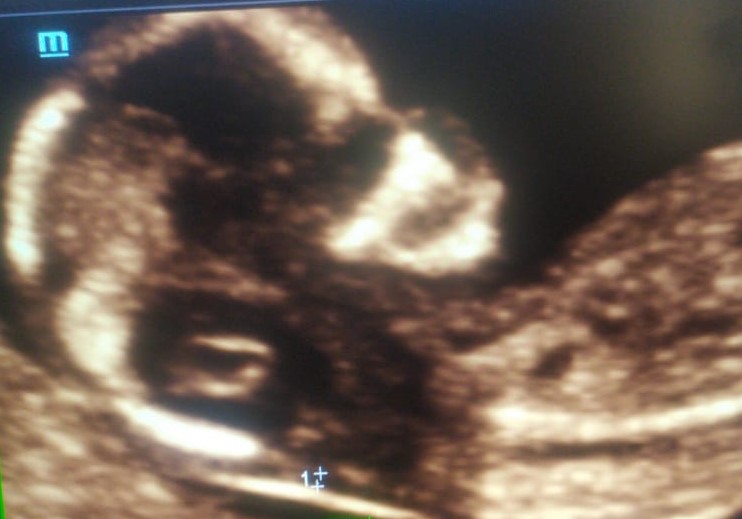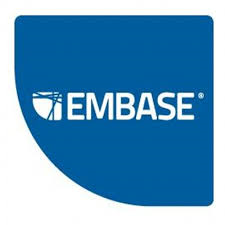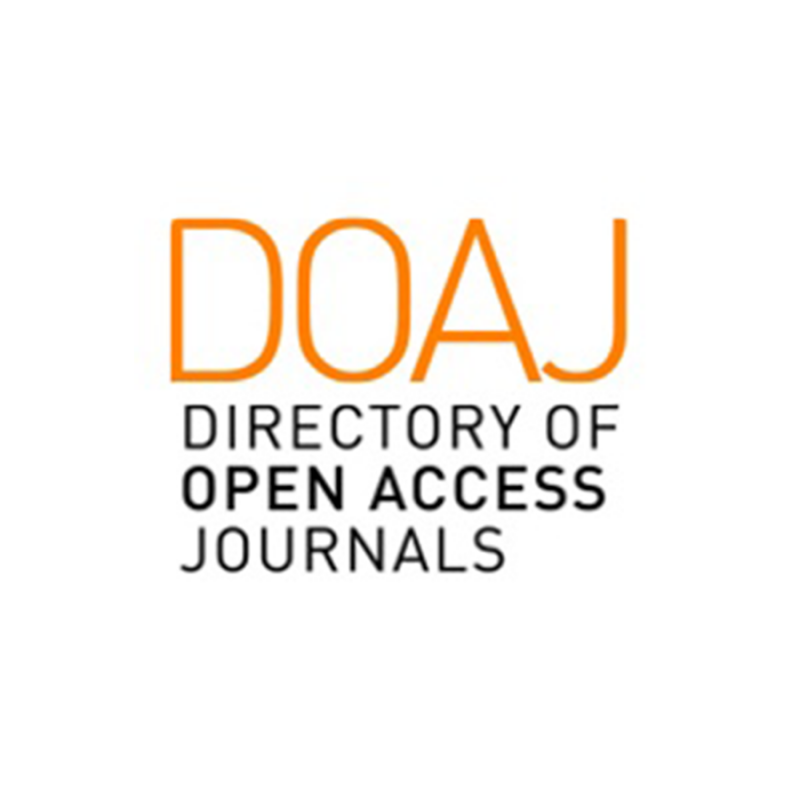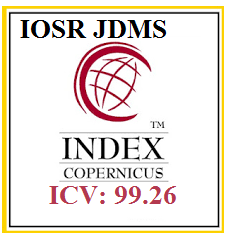
.Gynaecologist should not perform anomaly scan opines National Consumer Disputes Redressal Commission (NCDRC).
The instant case pertains to a pregnant patient who has undergone several ultrasound examinations by a gynaecologist and the gynaecologist failed to detect an anomaly (Omphalocele in this case) despite performing multiple ultrasound examinations. Aggrieved by this the patient approached district consumer forum which dismissed her case on the basis of opinion given by medical board which was constituted by the Civil surgeon. One of the radiologist member of the medical board had given his opinion that all anomalies cannot be detected by ultrasound examination. On the basis of this opinion the case was dismissed by district consumer forum. Aggrieved by dismissal of her case she approached state commission. The state Commission ruled in favour of the patient and directed the respondent to pay a compensation of 3 lakh rupees along with 9% interest. Aggrieved by this order the patient finally approached National consumer disputes redressal Commission
Arguments before National consumer disputes redressal Commission (NCDRC)
The learned Council for the doctor argued that all anomalies cannot be detected by antenatal ultrasound and the diagnosis depends upon various factors such as gestational age, position of the fetus, amount of liquor and patient habitus and undergoing ultrasound examination does not guarantee detection of all anomalies. There is always a chance that some anomalies may be missed even in the hands of most expert radiologists.
However NCDRC opined that anomaly (Omphalocele in instant case) which were missed could have been easily detected in the hands of an expert radiologist. The bench further referred to
The Ultrasonography is a sensitive technique, but it remains operator dependent. A definitive diagnosis of omphalocele (abdominal wall defect) is possible only beyond 12 weeks’ gestation. The Ultrasound scan is done every 4 weeks to measure the fetal biometry. It is to monitor fetal growth and amniotic fluid. It is best to monitor growth through estimation of fetal weight by the Sieme formula, which uses biparietal diameter, occipitofrontal diameter and femur length, rather than formulas using abdominal circumference [Sci Rep.2021; 11: 8752]. Thus the detection of congenital anomalies needs expertise, training and competency in Radio Diagnosis.
The commission was of the opinion that Omphalocele could have been detected after the age of 12 weeks of gestational age however gynaecologist who performed anomaly scan could not detect omphalocele despite performing multiple ultrasound examinations and could only detect the anomaly at a very later stage of gestational age of 32 weeks of pregnancy.the most significant lines coming from the commission were
Radiologist of ordinary prudence, could have detected such abnormality and it could have averted the patient’s sufferings. She could have aborted the baby within 20 weeks of pregnancy.
Up to hear the arguments were in between the petitioner and respondents however in the concluding part of the judgement the commission issued following directions to the National Medical Council.
Commission also directs the National Medical Council to formulate stringent guidelines to regulate Antenatal USG protocols to especially the TIFFA Scan (level-II scan), which should be done by the Specialists like qualified Radiologist or Fetal Medicine expert.
Now the important question before the medical fraternity, particularly gynaecologists, is whether this judgement prohibits the gynaecologists from undertaking antenatal ultrasound particularly anomaly scan? The answer appears to be ‘NO” because from the point of view of PCPNDT act gynaecologists are allowed to Undertaker antenatal ultrasound scan including anomaly scan.
Now coming to the direction of NCDRC to National Medical Council about formulating guidelines which regulate antenatal ultrasound protocols particularly level 2 scan (TIFFA Scan) needs to be done by the Specialists like qualified radiologists or fetal medicine expert gives rise to another important question of law which is ‘whether NMC is empowered to formulate such a guideline?’ the answer appears to be “NO”.
For making such a change in guidelines PCPNDT act needs to be amended which can only be done by parliament. NMC in its advisory capacity can advise central government to bring such an amendment to PCPNDT act but can not foemulate such a change without amendment in PCPNDT act.
Now the problem arising out of this statement is whenever any gynaecologist will undertake anomaly scan and inadvertently miss any anomaly this judgement can be cited by aggrieved party to show that gynaecologist should not have undertaken anomaly scan in first place. NCDRC, being the apex body for consumer complaints, is less likely to take a different view against its previous observations.
To prevent this thing from happening responsible obstetrician and gynaecologists organisations such as The Federation of Obstetric and Gynaecological Societies of India (FOGSI) needs to challenge this judgement in appropriate forum in so far as the part which talks about anomaly scan to be conducted only by radiologist and fetal medicine expert is concerned.
References:
Services








 Indexing Services In which We PublishPrograms
Indexing Services In which We PublishPrograms




